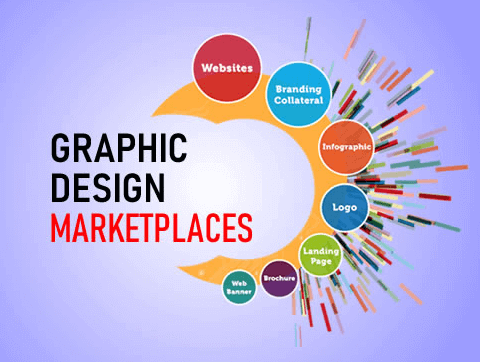
How to Easily Order iOS and Android App Development with Just a Design or Mockup
If you’ve already created a design or mockup of your mobile app idea, you’re more than halfway to launching a full-fledged application. In today’s digital world, turning that vision into reality—on both iOS and Android platforms—can be surprisingly straightforward. Here's how to go from concept to code without getting lost in technical complexity in mobile development.
At ELDEVELOP, we specialize in helping businesses and creators turn these mockups into real, fully functional mobile applications. We work with both native technologies (like Swift and Kotlin), depending on your needs and budget. Our team will guide you step by step—from reviewing your design, helping refine the user flow, all the way to launching your app in the App Store and Google Play.
Let’s start with what you already have: a mockup. Whether it’s built in Figma, Adobe XD, Sketch, or even drawn on paper, your mockup gives developers a visual understanding of what you want. It shows how screens connect, what the interface should look like, and what features the app should offer. The clearer and more complete your design is, the less back-and-forth there will be during development.
Why Your Business Needs a Mobile Development Company
The next crucial step is choosing a development team with strong expertise in native app development. This means working with developers who specialize in Swift for iOS mobile development and Kotlin for Android mobile development—two powerful, modern programming languages officially supported by Apple and Google. Native development allows for deeper integration with platform-specific features, smoother performance, better responsiveness, and a more polished user experience overall.
Once you’ve shared your designs and described the main features and goals of your app, the development process typically begins with creating a technical specification. This document outlines what your app will do, how it will do it, and what technologies will be used. Even if you’re not a tech person, a good developer will explain it all in a way you can understand.
Development is usually broken into phases: interface building, functionality implementation, testing, and deployment. Throughout this journey, you’ll be able to test interim versions of your app and provide feedback. This is where your role is vital—because you know your users best, your insights can help refine the app before it goes live.
How can IT services help with data management and analysis?
Finally, once everything is polished and tested, the developers will help you publish the app to the App Store and Google Play. You’ll need some marketing materials like icons, screenshots, and a compelling description, but most developers can guide you through this too.
In short, if you have a design or mockup, you’re already well ahead. With the right development partner, transforming that design into a real app is a process that can be clear, collaborative, and even enjoyable.
Recent Articles
- Why Quality Assurance Is the Unsung Hero of Web Development
- Dark UX: Scary Design Mistakes That Haunt Users
- Ranking the Top Mobile App Development Companies: Who Leads the Industry in 2025
- Top WordPress Developers in the Industry (2025 Edition)
- Alternatives to Bootstrap: MaterializeCSS and Tailwind CSS


